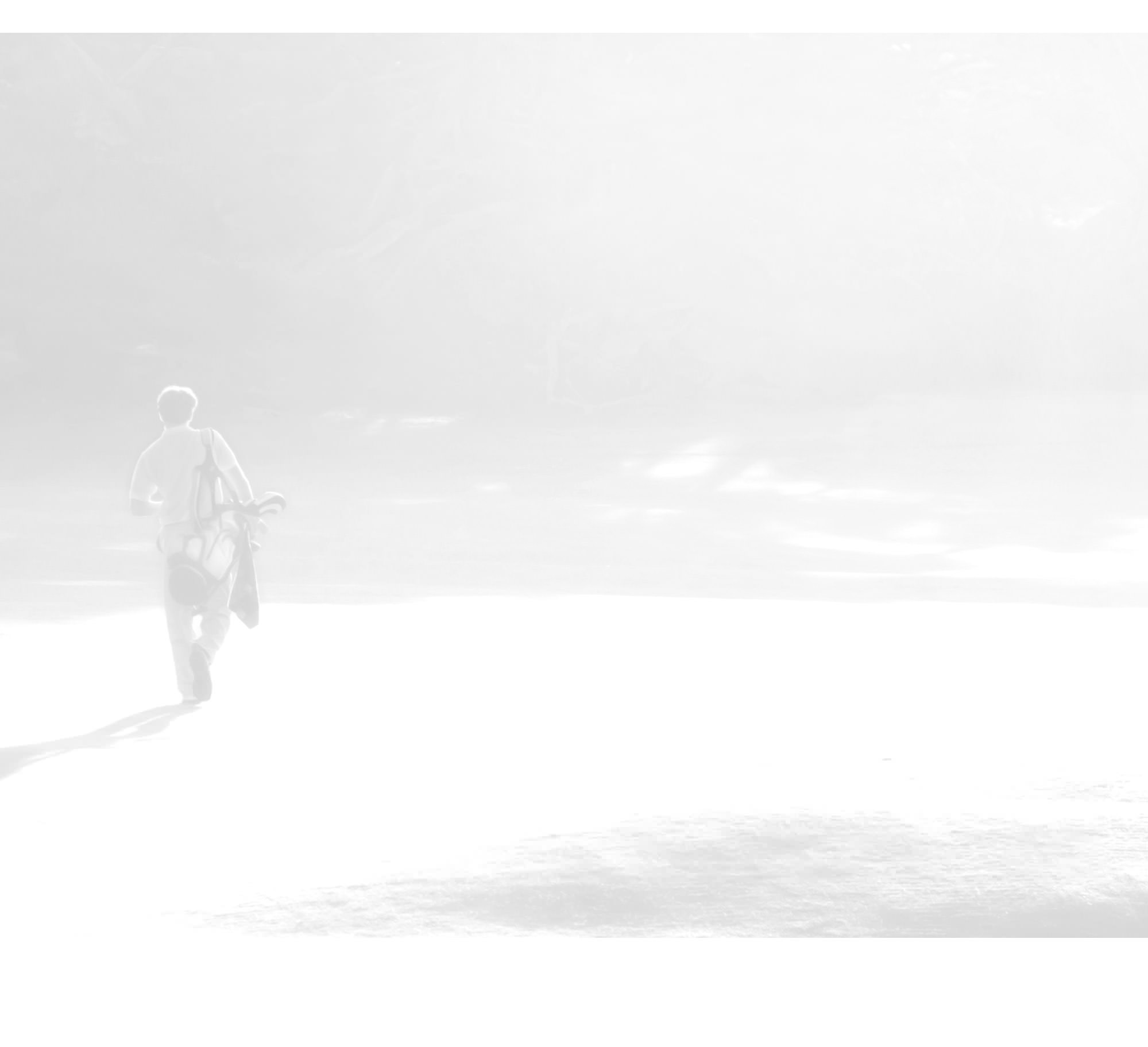Pace of Play Solutions
As with each Team Play season, pace of play becomes one of the topics of concern. If it is a shotgun start, the field is only as fast as its slowest group. If it is a tee time start, the first group must set the pace, and all subsequent groups should keep up with the expected pace or the group ahead. What can you do if your group has trouble or a very deliberate player, and you find yourselves one or even two holes behind?
First: Understand the pace of play for the day. How much time is allowed to play the stipulated round, and how much time is allowed for each hole? If this is a morning shotgun, there are going to be other players waiting for your group to clear the course in a timely way. The host club or host team captain should establish the expected time each group should finish each hole and the entire round, and relay this information to each player. When setting an expected pace, you should take into consideration the difficulty of the course set up, the layout of the course (especially the distance from greens to tees), whether carts are being used, etc.
Second: Wear a watch. If you don’t wear a watch, keep one in or attached to your golf bag and refer to it frequently. Pace of play is your responsibility. Check your pace coming through the 9th hole to see where you stand relative to the expected pace.
Some other suggestions:
• If you cannot see the group ahead of you, you are the problem! Please take action to speed up.
• Since this is match play, “ready golf” is not an option, but you must always be ready to play as soon as it is your turn.
• If necessary, Decision 2-1/1.5 allows players to halve a hole during the play of the hole. Tee off, agree to halve the hole, pick up your balls and move to the next tee. If your match is now back in position, continue your match in a normal way and stay focused on playing efficient golf. If your group still has a hole open, tee off again, agree to halve the hole and again pick up your balls and move on to the next tee. To be in compliance with the Rules of Golf, players must not agree in advance to use this decision, but knowing it exists, players can tee off and then agree to halve the hole.
• If one side or player will obviously lose the hole in both matches, that player or those players should concede the hole, allowing the match to proceed to the next tee. There is absolutely no reason to hold up the field just to have the experience and practice of playing a hole.
• Concessions are a part of match play. Remember to be ready to concede an opponent’s short putt. Staying focused saves time.
• If carts are restricted to the cart path only, select the club you think you will use for your next stroke, plus at least one on either side, and walk to your ball. You can be penalized for undue delay if you walk out initially with no or only one club and have to return to the cart for a club, thus holding up play.
To prepare for your matches read Rule 2, for Match Play, and Rule 30, for Four-Ball Match Play.
Knowing the expected pace of play is part of the rules of golf. Playing efficient golf makes you part of the pace of play solution.
Some general recommendations for improving pace of play:
- Employ a modified shotgun format instead of tee times; for example, holes 1–4 or 17, 18, 1, 2.
- Have a buffer between public/member play and the first Team Play group.
- Send lower handicapped players off at the start of the field.
- Be ready to play when it is your turn: have the distance calculated and your club selected.
- Pick up if you’re out of the hole.
- The lead group is responsible for setting the pace. Each subsequent group must keep up with the group in front of them.
- The team captain should ensure that their players are aware of the expected pace, and play without undue delay.
- Have golf shop staff or volunteer marshals help enforce pace of play, ensuring that groups who fall behind make an effort to get back into position. Marshals should also help get groups through difficult holes or holes that have blind shots or frequent lost ball searches.
The following SCGA pace of play policy may be used if the club has staff or marshals capable of enforcing it:
Allotted Time
The host club or host team captain should establish the expected time each group should finish each hole and the entire round. When setting an expected pace, you should take into consideration the difficulty of the course set up, the layout of the course, whether carts are being used, etc.
Definition of “Out of Position”
The first group to start will be considered out of position if, at any time during the round, the group is behind the prescribed schedule (expected pace).
Any following group will be considered out of position if it (a) takes more than the allotted time to play and (b) reaches the tee of a par-3 hole and the preceding group has cleared the next tee; reaches the tee of a par-4 hole and the putting green is clear; or reaches the tee of a par-5 hole when the preceding group is on the putting green. Both (a) and (b) must apply for a group to be out of position.
The group should be notified when it is found to be out of position and when they are on the clock (being timed). After the notification, any individual receiving a bad time will be given a warning; a second bad time will be penalized 1 stroke; another violation will result in an a loss-of-hole penalty; and a fourth bad time will result in disqualification from that 18-hole round.
Timing
When a group is on the clock, each player must play each stroke within 40 seconds. Other than on the putting green, timing of a player’s stroke will begin when the player has had reasonable opportunity to reach their ball, it is their turn to play and they can play without interference or distraction. Time spent determining yardage will count as part of the time taken for the next stroke. On the putting green, timing will begin after a player has been allowed a reasonable amount of time to lift, clean and replace their ball, repair their ball mark and other ball marks on their line of putt and remove loose impediments from their line of putt. Time spent looking at the line from beyond the hole and/or behind the ball will count as part of the time taken for the next stroke.


